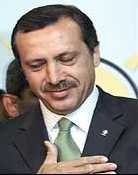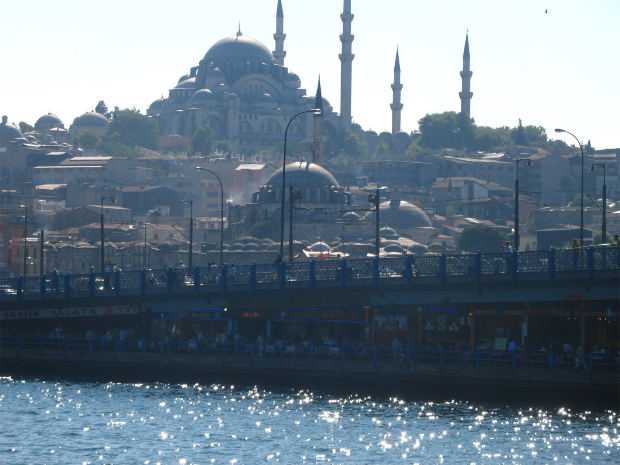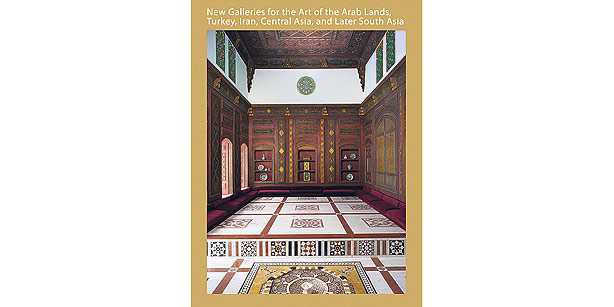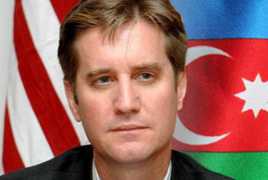They threw their caps
As they would hang them on the horns o’ the moon,
Shouting their emulation.
Coriolanus, William Shakespeare

With boring redundancy Erdoğan has shouted the blame to everyone and everything but his own splendid self. Now angry all the time, he yelled his strange, twisted, deceit-filled story to the world. Like Coriolanus, another tragic hero not properly educated to power, Erdoğan followed down the same doomed path: “What his breast forged, that his tongue must vent.” And he did, and the world exploded in outrage as his country had before. The prime minister’s outrageous claims and preposterous intrigues, his and his advisors lies and subterfuges, it was all too, too much.
The world is appalled. And what does the prime minister and his lackeys do next? Why they attack the world. What else? For no one understands democracy like the prime minister of Turkey. New York City police killed seventeen people in the Occupy Wall Street battle, Tayyip asserts
in full or feigned ignorance of the facts. (None were killed.) And so it continues to this moment. What can you do with people like this? Such a bunch that gives even criminality a bad name.
Now the beleaguered one claims that the police were correct in gassing most of central Istanbul. The lapdog Istanbul police chief earlier asserted that the police had won a victory greater than Gallipoli. Not only did the police gas unarmed, peaceful protesters but according to Erdoğan they had a “natural right” to do so. Why? Because they were fighting against “systematic violence.” One wonders what books Erdoğan has been
reading to present such a bizarre argument. Perhaps he skimmed through his wife’s new book, The Psychology of Dictatorship? In this day, in this world with the sordid legacy of using gas as a weapon, what leader in his or her right mind would launch such an offensive attack against the citizenry? Wanton, widespread violence occupies his mind and he threatens more and harsher attacks, excuse me, defensive measures.
Instead, these low-level operators shout their emulation and clap their hands, thrilled with the sounds of their own magnificence. “Don’t worry beloved leader,” they coo, “your people will believe only you and certainly not their lying eyes?” And just to be sure, they arrest doctors, lawyers, journalists, and threaten and fine television channels and draft legislation to control the social media, the great “menace” according to their beloved leader. And all of it in front of the world’s eyes-wide-open. Ah, it’s so tiresome writing about these people.
And this is now. I will never forget these stirring days and the heroism of the youth of Turkey in their struggle for the future promised to them by Mustafa Kemal Atatürk. He also prophesied that they would have to fight for it. And so they now fight. And they know his fighting words by heart. And like good soldiers of Mustafa Kemal, they know the enemy. I will never forget the beautiful women in smart dresses getting gassed by the fascist police, not flinching, and emerging even more lovely. The polite, embattled young men, resolute and courageous in the face of brutal
police attacks. Young people of all ages participating in this war of liberation from a religious fascist government. All of this will surely serve as a model for youth around the world who also suffer from the policies of arrogant men and women wearing thousand dollar suits. These young Turkish people are bringing a renaissance to their country, a flourishing spirit of gentility and grace the while being falsely accused of the vilest acts by a desperate regime. But the truth has been revealed through the overwhelming power of technology and the amazing facility of youth. And the government can only resort to a policy of unabashed lying. I will not forget any of these astonishing things. Certainly not the complete inability of the Turkish government and its supporters to understand this spontaneous combustion of youthful energy which is nonnegotiable. It is obvious these young people will continue for as long as it takes. And surely the process will continue to confound all the “experts,” so don’t bother watching the talking TV heads. Ah, the brilliant, unifying generality of it all. It resides outside the bounds of politics, religion, wealth, business, national borders, and surely government itself. It’s in the realm of hopes, expectations, peace, youth, friendship and, I’ll say it, love.
What revolutionary group has ever established hot lines for injured animals? None. Except this one. And such attention to detail characterizes this movement and is why its success is inevitable. Lastly, how wonderful is the incredible resilience of the spirit and principles of Mustaf Kemal Atatürk, an unstoppable, singular man for the ages who remains both the stuff of dreams and the driving spiritual force to forge this better, this much better future. For all these people, the young, the older, the departed, I shout out loud my emulation and admiration. Your dreams are hanging on the horns of the moon. Seize them. No more words needed.
Cem Ryan, Ph.D
Istanbul
19 June 2013




